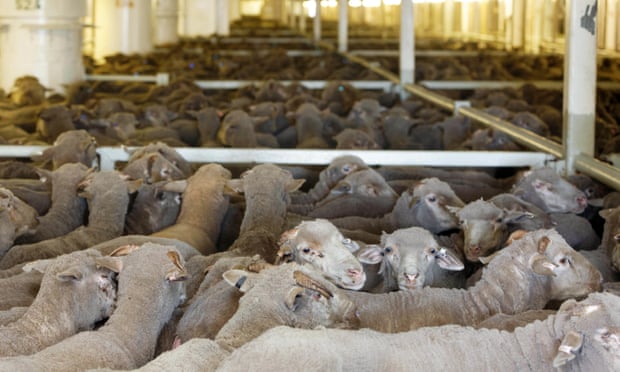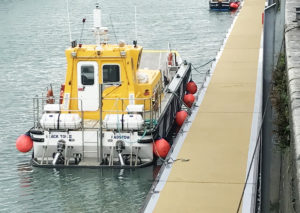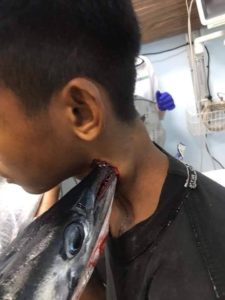‘Floating feedlots’: animals spending weeks at sea in appalling conditions

Animal welfare is being put at put at risk on old converted car carriers and cargo ships that are not built to transport livestock, according to The Guardian.
A leading shipping company claims that the live export trade carrying millions of sheep and cattle across the seas each year is plagued by “old” and “inferior” ships that are a threat to animal welfare.
Livestock carriers are a key part of the multibillion-dollar live export industry, dominated by Australia, South America and Europe. Figures from the UN’s Food and Agricultural Organization show that in 2017 almost 2 billion animals were exported in a trade worth $21bm (£15bn), with a significant proportion travelling by sea.
One of the world’s largest livestock exporters, Australian-based Wellard, says that most of the ships are old car carriers or other former cargo ships, rather than purpose-built vessels that can meet higher standards of animal welfare.
According to The Guardian, a spokesperson for the company, which shipped nearly 400,000 cattle in 2019, said: “The old converted vessels bring the standard of the whole industry down. If you’re using a ship that was originally built for another purpose, you’re compromising on your animal services when you convert it to a livestock vessel.
“The biggest threat to the global live export industry is old ships. They have inferior standards and livestock services and they are more prone to accidents and breakdowns. Those ships give a bad name to a legitimate industry.”
Animal health and welfare concerns
The practice of transporting thousands of live animals (some ships carry more than 10,000 animals) across the sea for weeks at a time means attention must be paid to the welfare of animals. Older ships were not built for this purpose, which raises concerns.
The most common health risks for animals on ships are fatigue, heat stress, overcrowding and related injuries, and the spread of disease. Lynn Simpson, a former veterinarian on livestock export ships, has witnessed cattle forced to stand on hard floors for weeks on end, sick, injured animals left to die, and sheep literally cooking from the inside with their “fat melted and like a translucent jelly”, according to Splash247.com.
“Some animals are held on decks for as long as 40 days, living on hard decking of concrete and metal. They [the animals] are not built to cope with these environments,” said Simpson. She points out that the long time spent at sea makes it even more critical for ships to be well-adapted for animals to protect their health and welfare. “A truck is transporting from A to B, but a ship is really a floating feedlot. They are at sea for up to six weeks so it’s not just a small period of time. They [the animals] have to eat, sleep, drink and recover.”
In November the Queen Hind, a 40-year-old cargo ship overturned leaving 14,000 sheep dead. All the crew members were rescued but only a small number of sheep survived.
Mortality figures in the export of livestock are largely unavailable as the majority of countries, aside from Australia and New Zealand, do not require them to be publicly reported. The International Maritime Organization only requires an investigation of casualties at sea if they led to the death or serious injury of a person, or serious damage to the ship or the marine environment.
Read the full article online.











What the hell are we supposed to do about this. The whole subject of live transportation requires deeper investigation. With such huge sums of commercial money tied up in this industry and humans who couldnt give a toss about the animals welfare this will continue. Its needs exposing for what it is and only when it becomes a loss making industry will this practice stop.